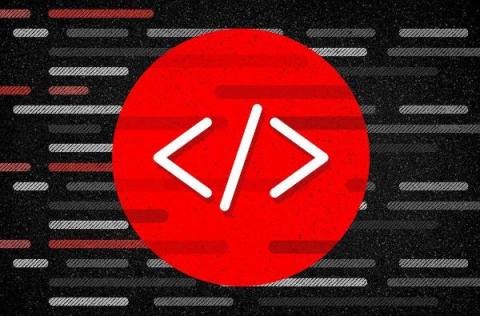Elastic Security verifies new destructive malware targeting Ukraine: Operation Bleeding Bear
Elastic Security has verified a new destructive malware targeting Ukraine: Operation Bleeding Bear. Over the weekend, Microsoft released details about this multi-stage and destructive malware campaign that the Ukrainian National Cyber Security Coordination Center has been referring to as Operation Bleeding Bear.











